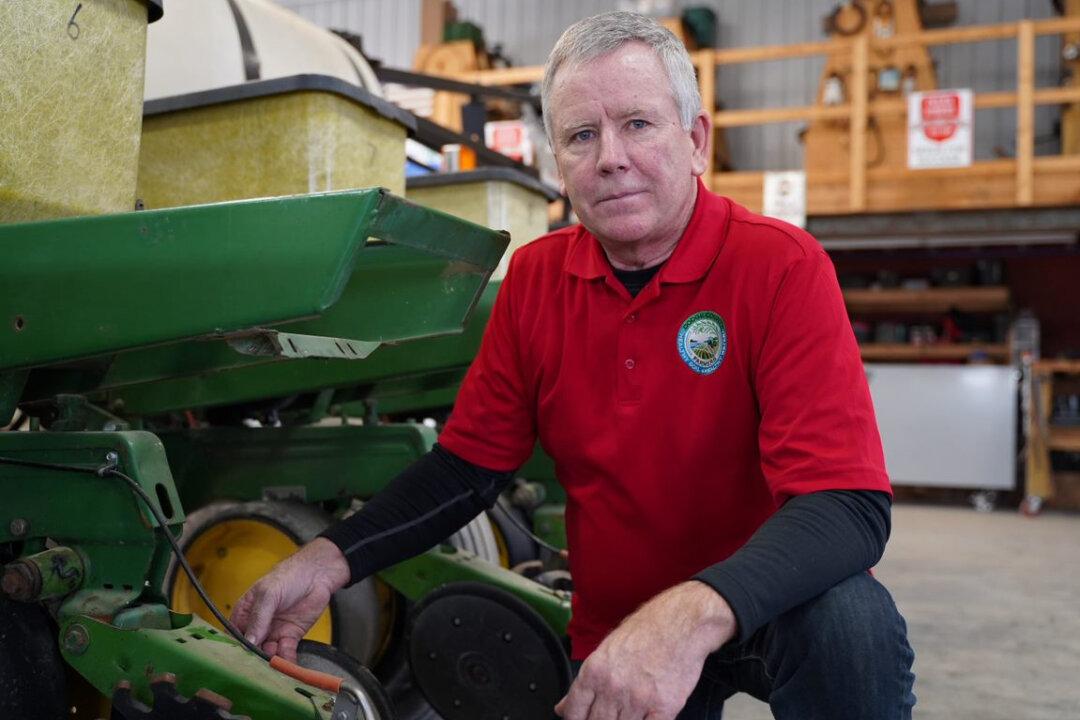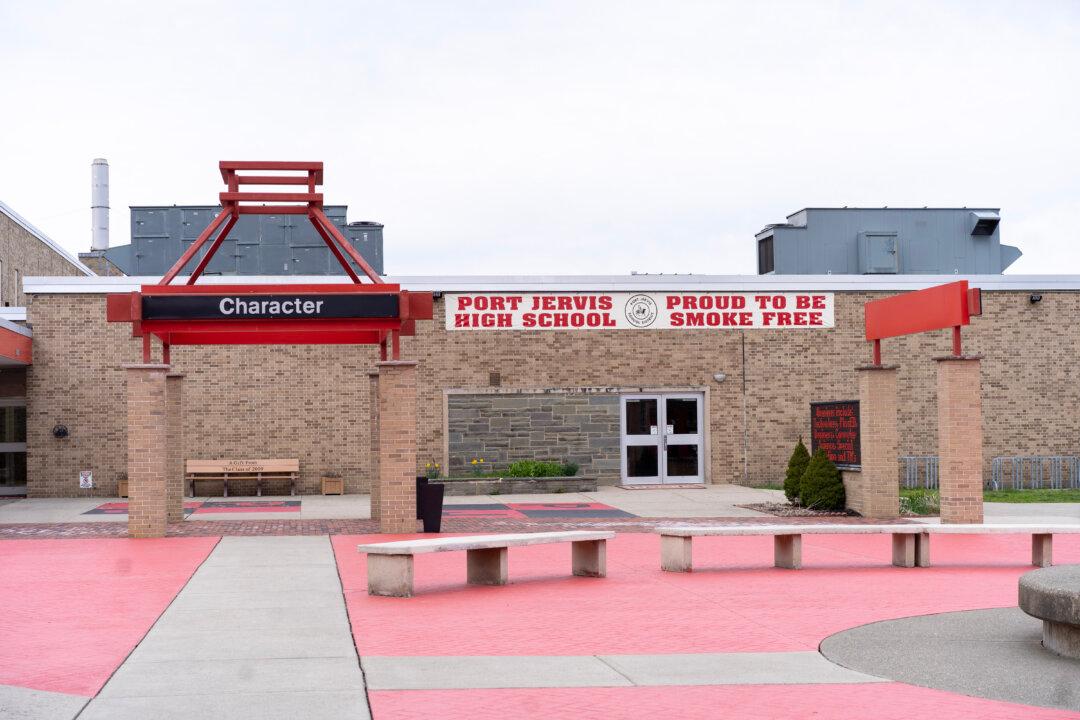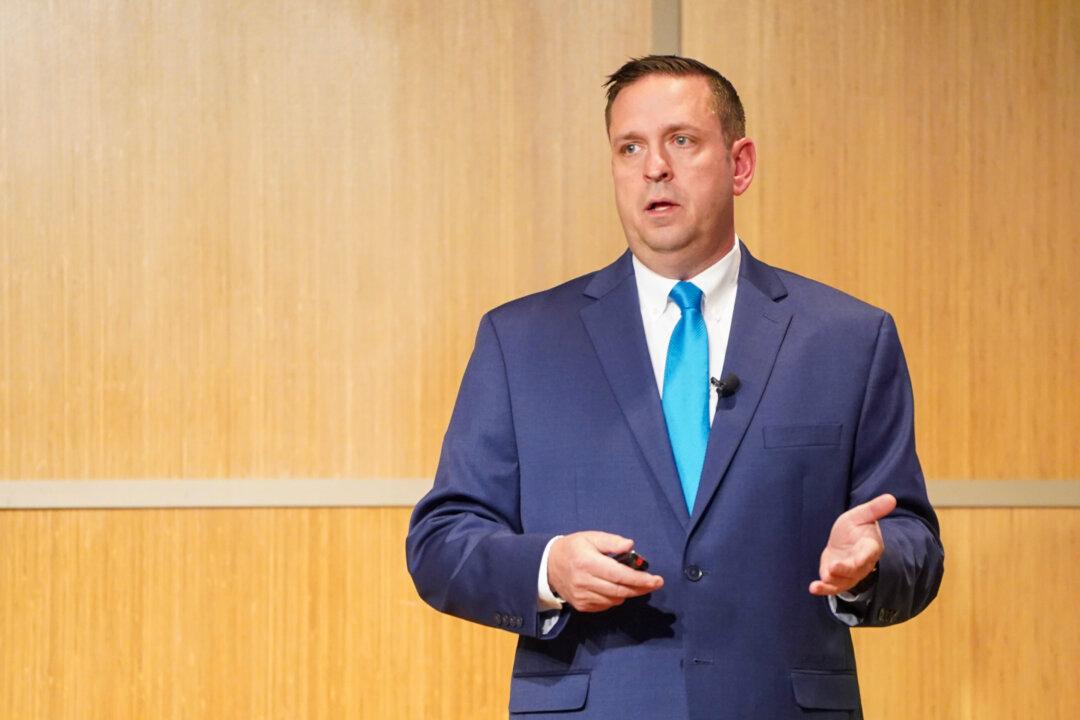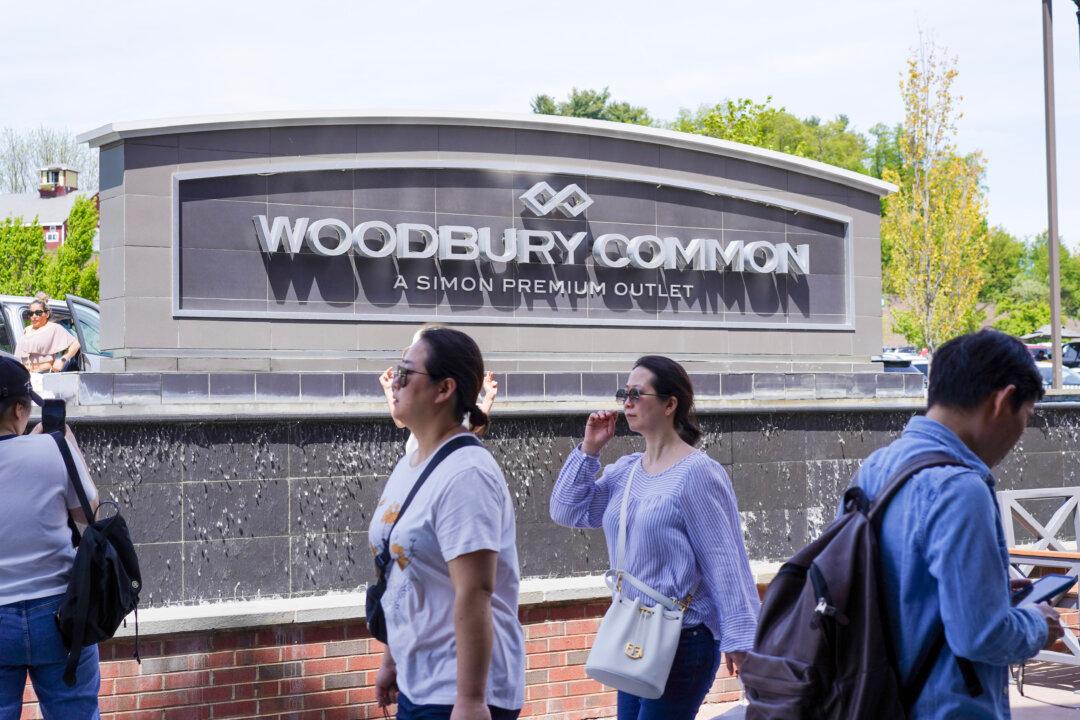NEOSHO, Wis.—Farmer Tony Peirick of Dodge County, Wisconsin, said he used to see as adversaries those trying to impose environmental regulations on farmers. “We were like water and oil. We never got along,” he told The Epoch Times.
For him, it was about butting heads with a local lake association that wanted to regulate practices on surrounding farms. In rural America at large, tension has often abounded over the apparent conflict between environmental regulations and farming practices that make economic sense.





